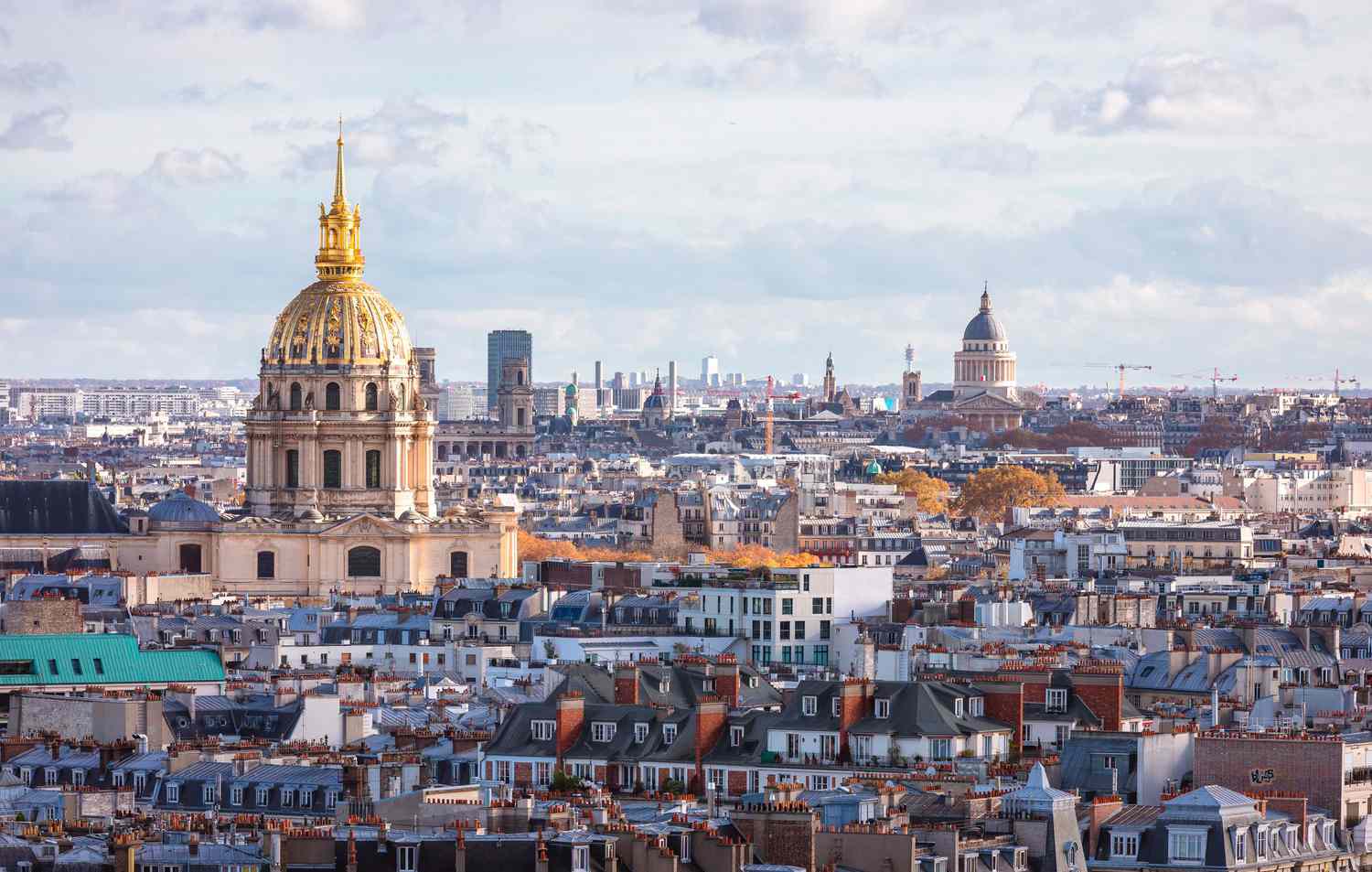
When you think of Paris, what comes to mind? Iconic landmarks, romantic streets, world-class art, and rich history? Absolutely! Paris is a city that proudly wears its history, with every cobblestone street and grand monument telling a story. From medieval structures to grand palaces, Paris offers a time-traveling experience. In this article, we will explore the must-visit historical sites that make Paris the world’s cultural capital. Whether you’re a history buff or simply love to immerse yourself in the beauty of the past, Paris has something for everyone.
The Magnificent Eiffel Tower: Paris’s Iconic Landmark
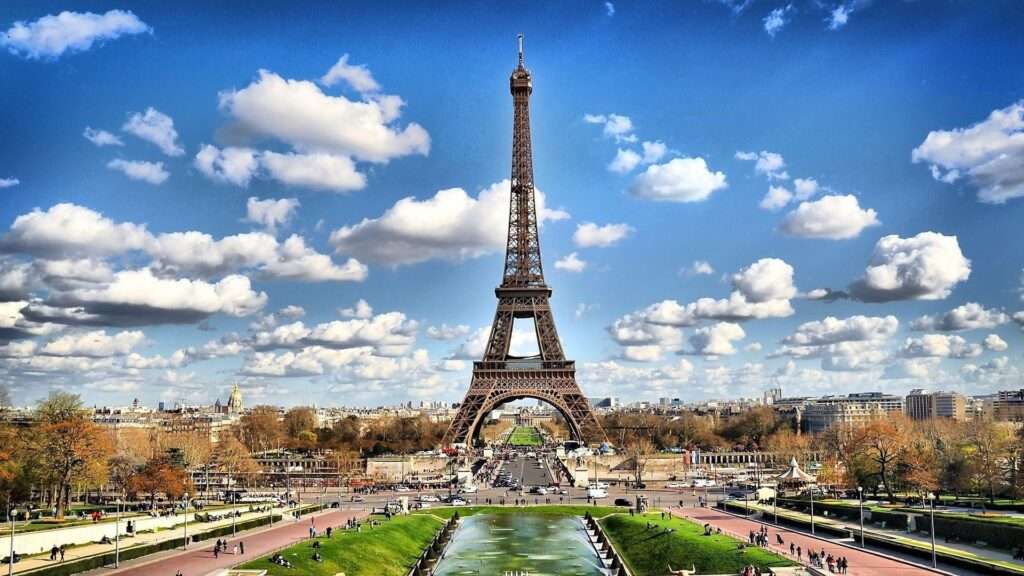
The History Behind the Eiffel Tower
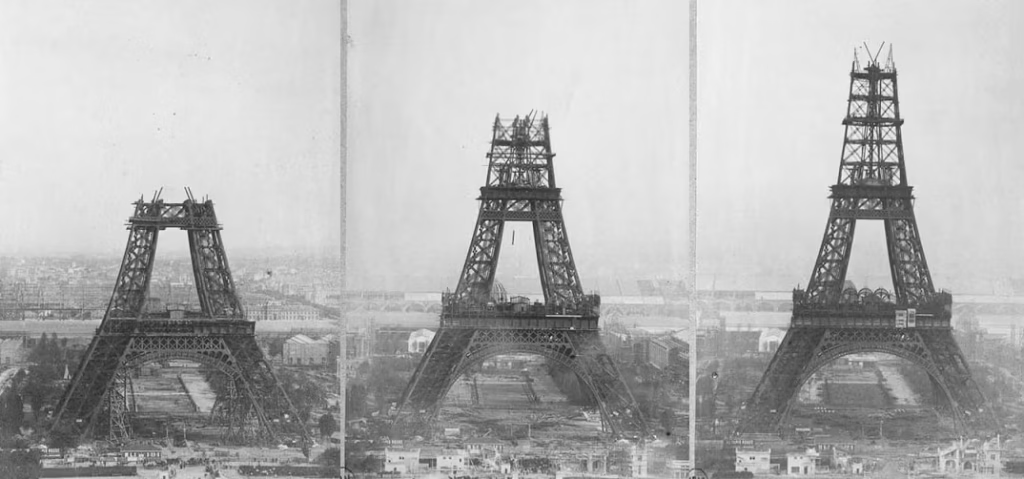
No trip to Paris is complete without visiting the Eiffel Tower, one of the most recognizable structures in the world. Originally built for the 1889 World’s Fair by engineer Gustave Eiffel, the tower was initially met with criticism. People called it an eyesore, but over time, it became a symbol of France and a global icon. Standing at 324 meters tall, the Eiffel Tower offers breathtaking views of Paris and is an essential stop for any visitor.
Architectural Significance
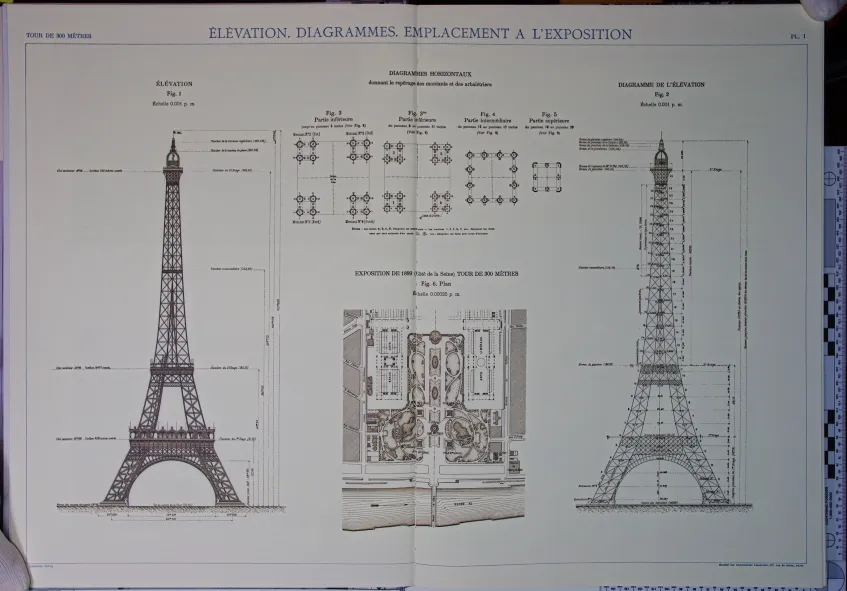
What makes the Eiffel Tower so impressive isn’t just its height; it’s also a marvel of engineering. Made from iron, the tower was the tallest man-made structure in the world for over 40 years. Its lattice design was revolutionary for its time, and it still stands as a testament to the ingenuity of 19th-century engineering.
Fun Facts and Visitor Tips
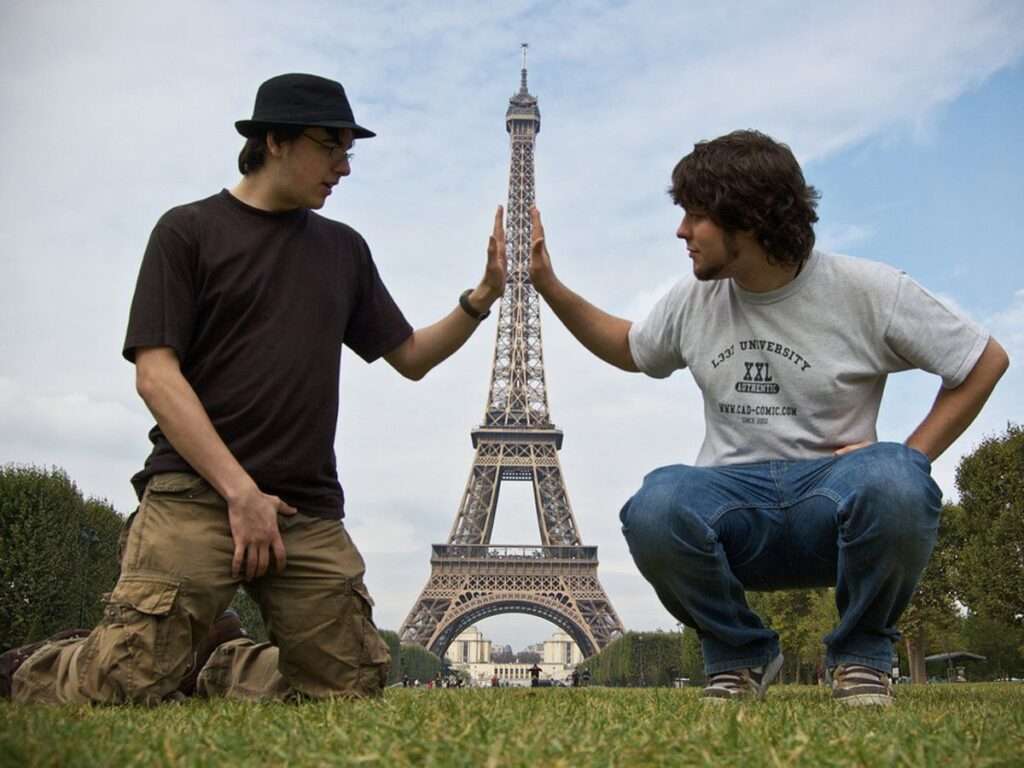
Did you know the Eiffel Tower can grow up to 15 cm taller during hot weather due to the expansion of iron? When you visit, be sure to take a ride up to the observation decks for a panoramic view of Paris. If you’re feeling adventurous, try dining at the 58 Tour Eiffel restaurant or go for a nighttime visit when the tower sparkles every hour on the hour.
The Louvre Museum: A Window into Art and History
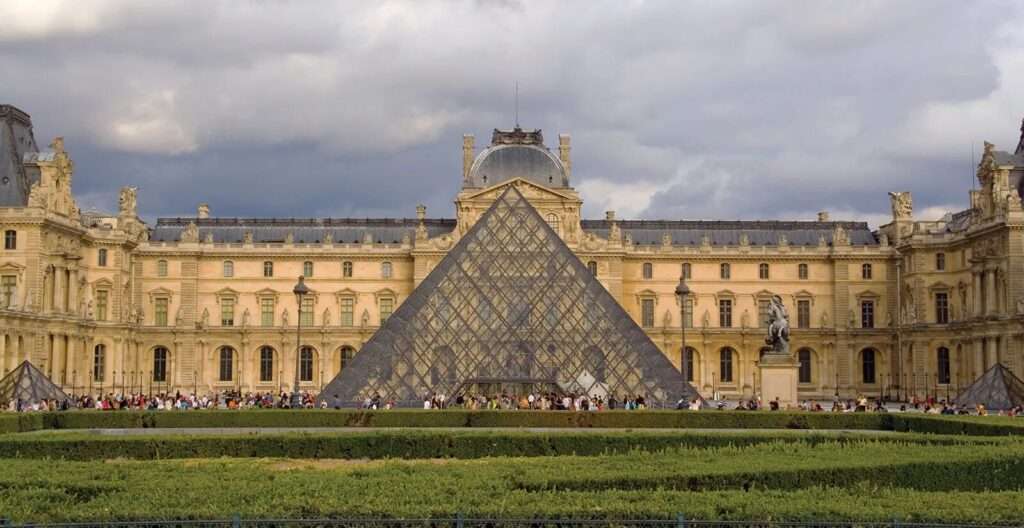
The Evolution of the Louvre
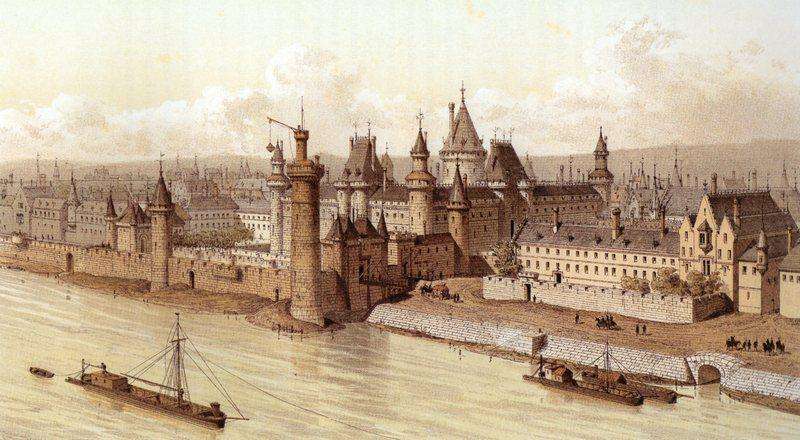
The Louvre Museum is not only one of the most famous museums in the world but also a historic monument in itself. Originally a royal palace, the Louvre became a museum during the French Revolution in 1793. Over the years, it has expanded to house over 380,000 pieces of art, making it one of the largest and most diverse museums in the world.
Famous Artworks Housed in the Louvre

Among the treasures of the Louvre, the Mona Lisa by Leonardo da Vinci and the Venus de Milo are the most famous. But the museum also houses works by other greats like Michelangelo, Rembrandt, and Delacroix. Whether you’re an art lover or not, the Louvre offers an unparalleled collection that spans centuries of human history.
Visiting Tips for the Louvre
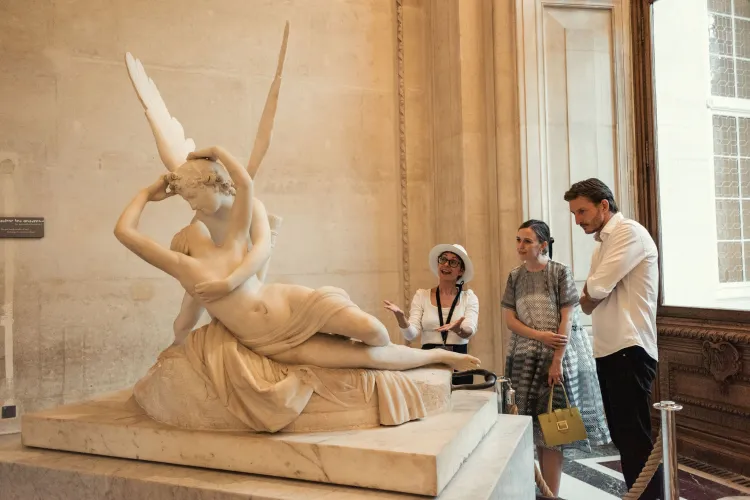
The Louvre is vast, so be sure to plan your visit ahead of time. Focus on the sections that interest you most or join a guided tour to learn the history behind each masterpiece. The museum is crowded, especially during peak tourist season, so arriving early or purchasing skip-the-line tickets is highly recommended.
Notre-Dame Cathedral: The Heart of Gothic Architecture
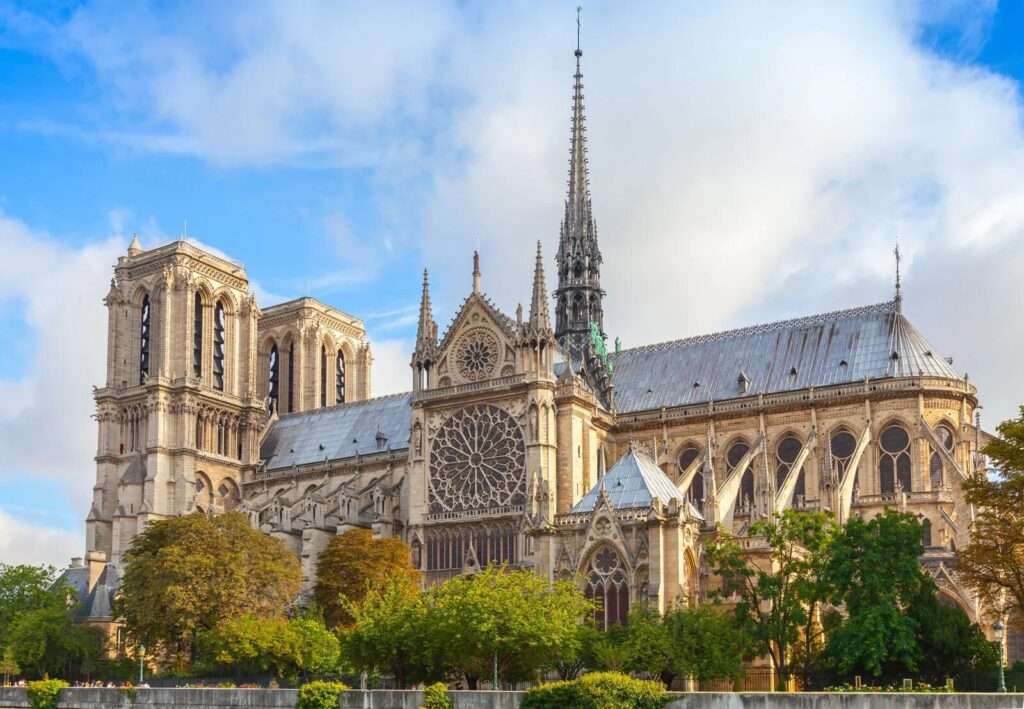
A Deep Dive into the History of Notre-Dame

Notre Dame de Paris, meaning “Our Lady of Paris,” is one of the finest examples of French Gothic architecture. Construction began in 1163 and was completed in 1345, making it over 850 years old! As the seat of the Archbishop of Paris, Notre Dame has witnessed many significant moments in French history, including royal weddings and Napoleon Bonaparte’s coronation.
The Cathedral’s Role in French Culture
Notre Dame isn’t just a church; it’s a symbol of France itself. Its grandeur and history have inspired countless visitors and artists, including Victor Hugo, whose novel The Hunchback of Notre Dame helped revive interest in the cathedral during the 19th century.
Restoration Efforts After the Fire of 2019
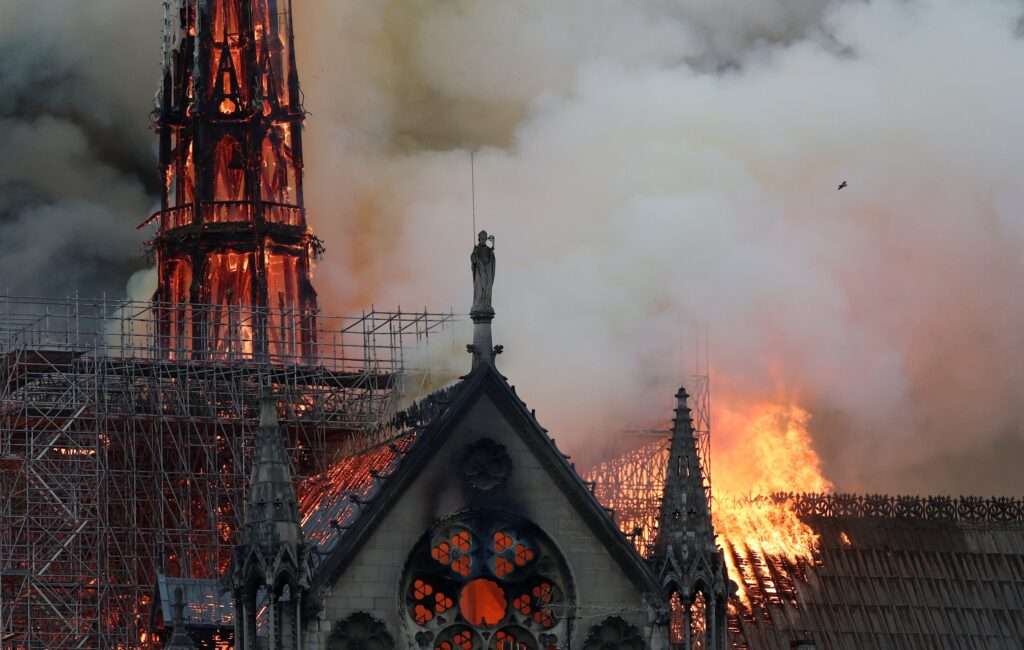
In April 2019, a devastating fire severely damaged the cathedral, destroying the spire and much of the roof. Since then, restoration efforts have been underway, and while the cathedral is not fully open, visitors can still admire its exterior and learn about the ongoing work.
The Palace of Versailles: The Seat of French Royalty
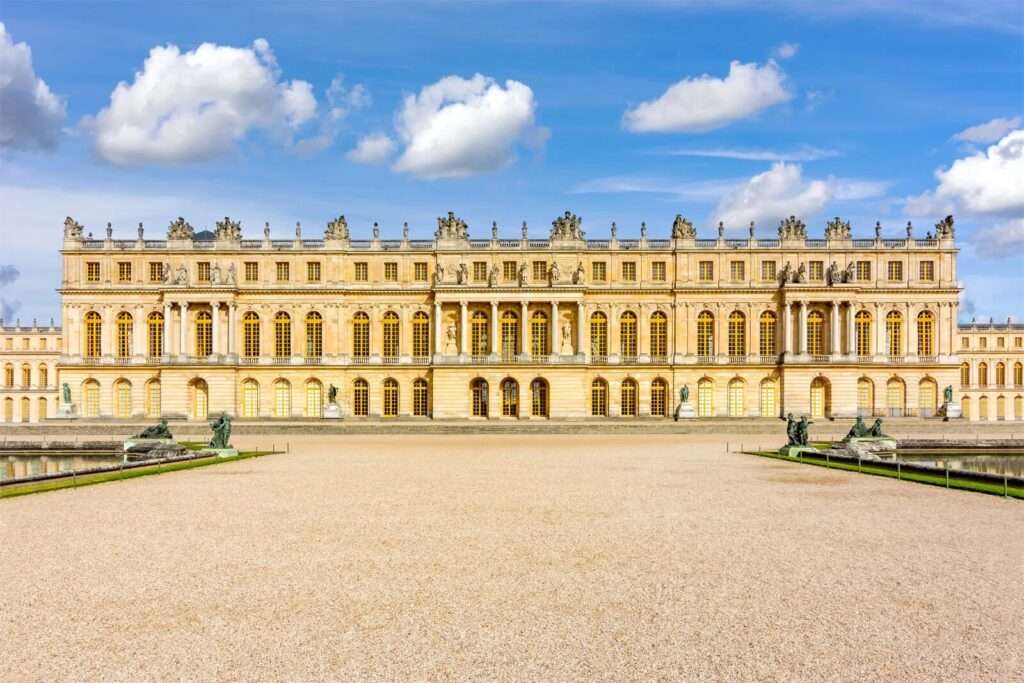
The Grandeur of Versailles
Located just outside Paris, the Palace of Versailles is a symbol of the absolute monarchy of the Ancien Régime. Originally a hunting lodge for King Louis XIII, it was transformed by his son, Louis XIV, into one of the most opulent palaces in Europe. Versailles is known for its stunning architecture, beautiful gardens, and the Hall of Mirrors, where the Treaty of Versailles was signed, ending World War I.
Louis XIV and the Construction of the Palace
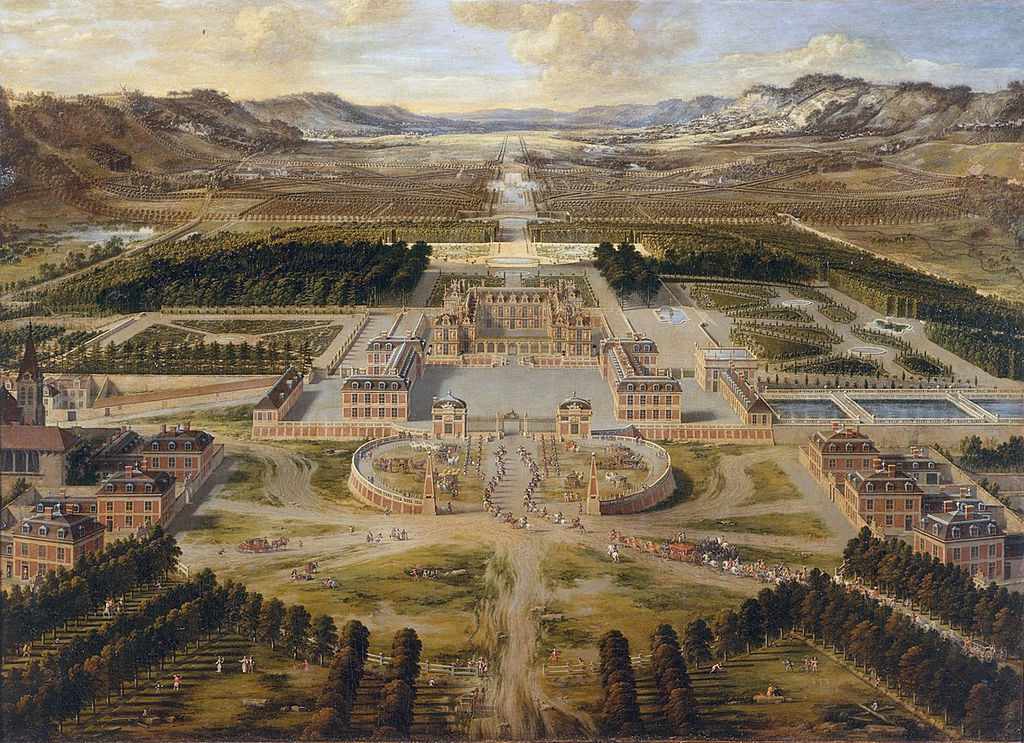
Louis XIV, also known as the Sun King, ruled France for over 70 years. His reign was marked by the construction of Versailles as a symbol of his power and grandeur. The palace’s luxurious interiors, vast gardens, and fountains are a testament to his obsession with beauty and control.
Gardens and the Hall of Mirrors
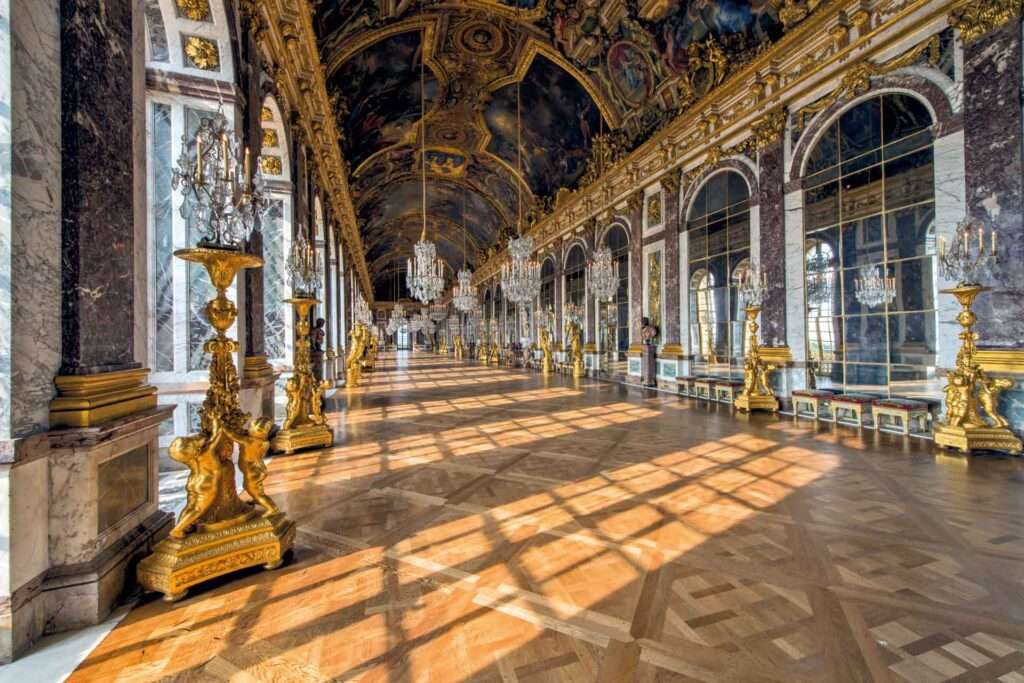
The gardens of Versailles are a masterpiece in themselves, designed by André Le Nôtre. The Hall of Mirrors, where kings and queens once held court, is perhaps the most famous room in the palace. It’s here that visitors can imagine themselves in the court of France’s most powerful monarch.
The Arc de Triomphe: A Monument to French Victory
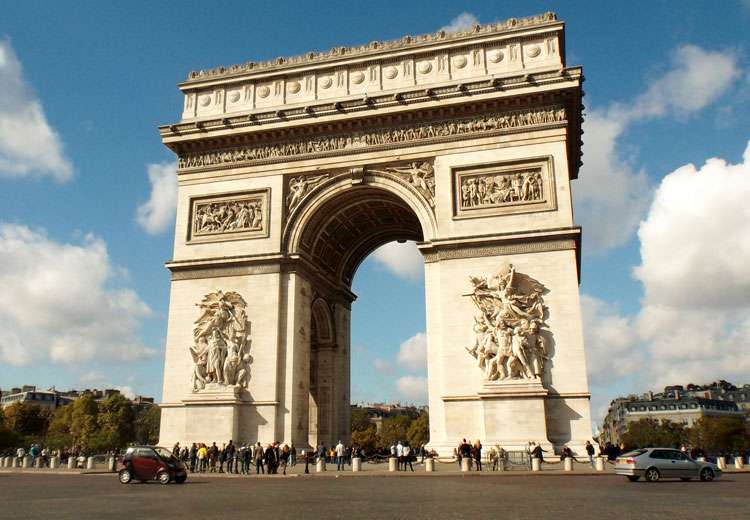
The History of the Arc de Triomphe
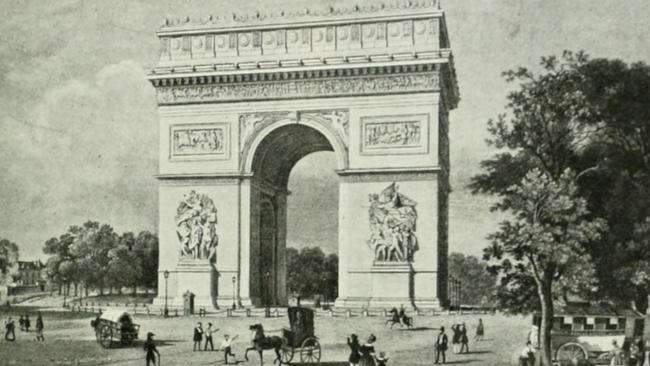
Commissioned by Napoleon Bonaparte in 1806 after his victory at Austerlitz, the Arc de Triomphe honors the French soldiers who fought and died for France. The monument stands at the top of the Champs-Élysées, one of the most famous streets in Paris, and is an important symbol of French patriotism.
Its Symbolic Significance in French History
The Arc de Triomphe stands not only as a triumph of architectural achievement but also as a symbol of national pride. Its massive size and intricate carvings depict various historical battles and victories. The monument also houses the Tomb of the Unknown Soldier, where the eternal flame is lit to honor France’s fallen heroes from World War I.
How to Visit and Enjoy the View from the Top

Visitors can climb the 284 steps to reach the top of the Arc de Triomphe and be rewarded with a stunning panoramic view of Paris, including a clear line of sight down the Champs-Élysées, leading up to the Eiffel Tower. The monument is magnificent at night when the city lights twinkle beneath you.
Sainte-Chapelle: A Hidden Gem of Parisian Gothic Architecture

The History and Architecture of Sainte-Chapelle
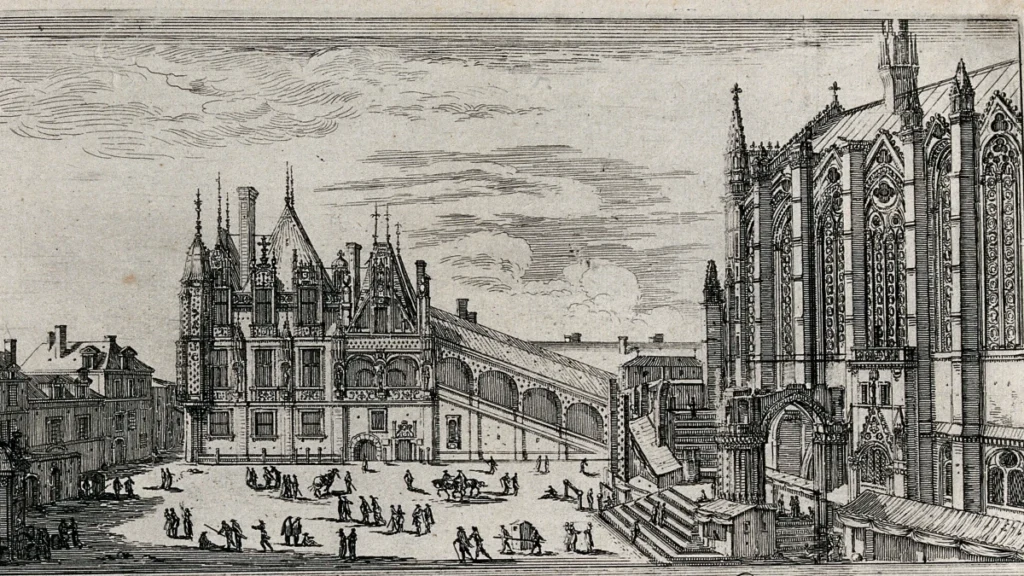
Located on the Île de la Cité, Sainte-Chapelle is one of Paris’s best-kept secrets. Built-in the 13th century by King Louis IX to house relics of Christ, including the crown of thorns, it is a prime example of Gothic architecture. The chapel is known for its soaring spires, intricate stonework, and magnificent stained glass windows.
Why It’s Considered One of Paris’s Most Beautiful Churches
What sets Sainte-Chapelle apart from other Gothic cathedrals is its extraordinary stained glass, which covers 15 windows that depict biblical scenes in vivid color. The windows’ sheer size and vibrancy are awe-inspiring, making the chapel feel like a radiant jewel box.
The Stained Glass Windows and Their Significance

The stained-glass windows of Sainte-Chapelle are not just beautiful—they are a narrative of the Bible. They span the entire history of the Christian faith, from the Old Testament to the life of Christ, offering a glimpse into the religious and artistic vision of the time.
Montmartre and the Sacré-Cœur Basilica: Paris’s Artistic Heart

A Walk Through Montmartre’s History
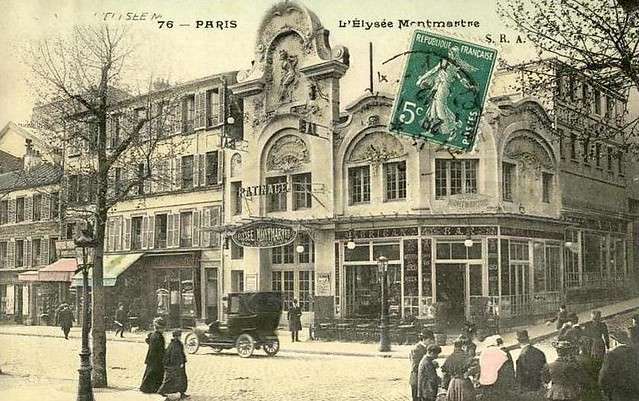
Montmartre has long been a center of artistic activity in Paris. In the late 19th and early 20th centuries, it was home to many famous artists, including Picasso, Van Gogh, and Toulouse-Lautrec. This bohemian neighborhood, perched on a hill, exudes charm with its cobbled streets, cafés, and artists’ studios. A walk through Montmartre feels like stepping back in time, where each corner reveals a piece of history.
The Role of Sacré-Cœur in French Spirituality and Art
At the top of Montmartre sits the striking Sacré-Cœur Basilica, which has both religious and cultural significance. Completed in 1914, this Romanesque-Byzantine-style church is dedicated to the Sacred Heart of Jesus and serves as a symbol of France’s commitment to spiritual renewal after the Franco-Prussian War.
Exploring the Neighborhood’s Artistic Heritage
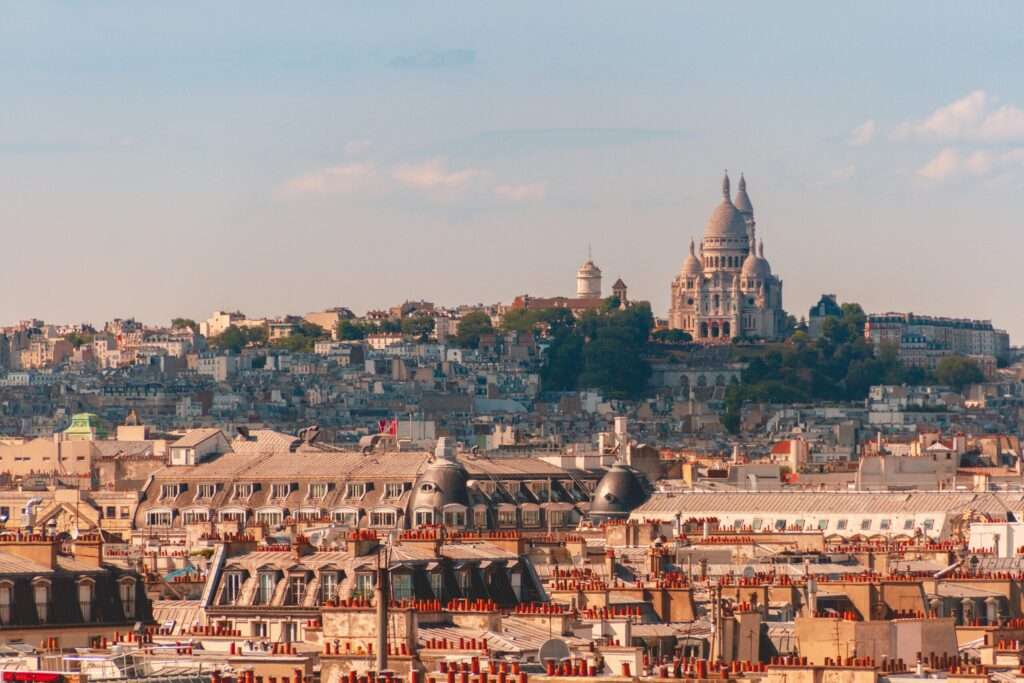
Montmartre has been the heart of French art for centuries. Today, it’s still possible to visit the artists’ square, Place du Tertre, where contemporary painters and portrait artists display their work. The area continues to attract creative souls from around the world, adding to the neighborhood’s rich legacy.
The Pantheon: Resting Place of French Heroes
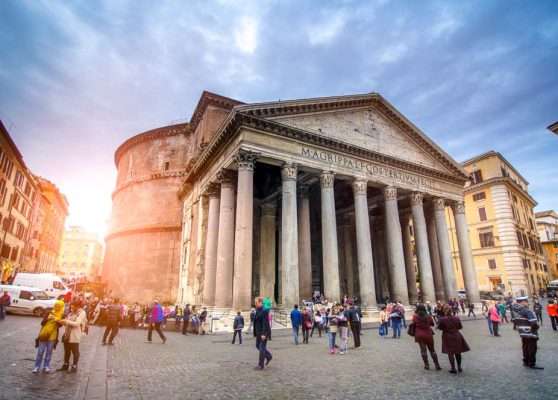
The History and Transformation of the Pantheon
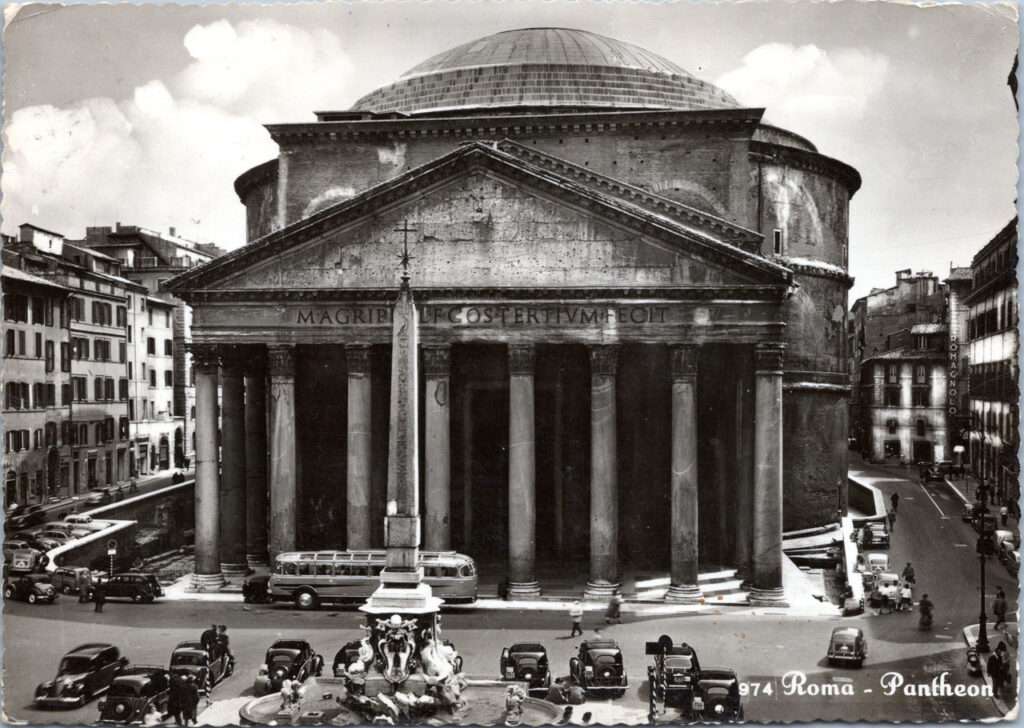
Originally built as a church dedicated to St. Genevieve, the Pantheon was later transformed into a mausoleum during the French Revolution. It houses the remains of some of France’s most notable figures, including Voltaire, Rousseau, Victor Hugo, and Émile Zola.
Notable Figures Buried Here
The Pantheon is not just a monument but a tribute to France’s intellectual and artistic heritage. It is home to the tombs of writers, philosophers, and political leaders who have shaped French society. Visiting the Pantheon provides a unique insight into the minds that influenced modern France.
A Visit to the Pantheon Today
Visitors can explore the grand interior of the Pantheon, which boasts a stunning dome and beautiful neoclassical architecture. The crypts are open to the public, allowing a glimpse into the final resting places of some of France’s greatest minds.
The Conciergerie: From Royal Palace to Revolutionary Prison
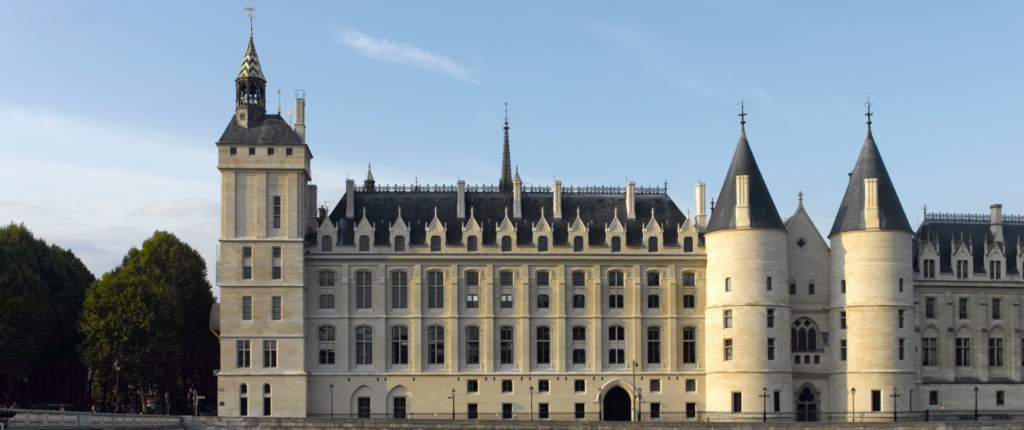
The History of the Conciergerie
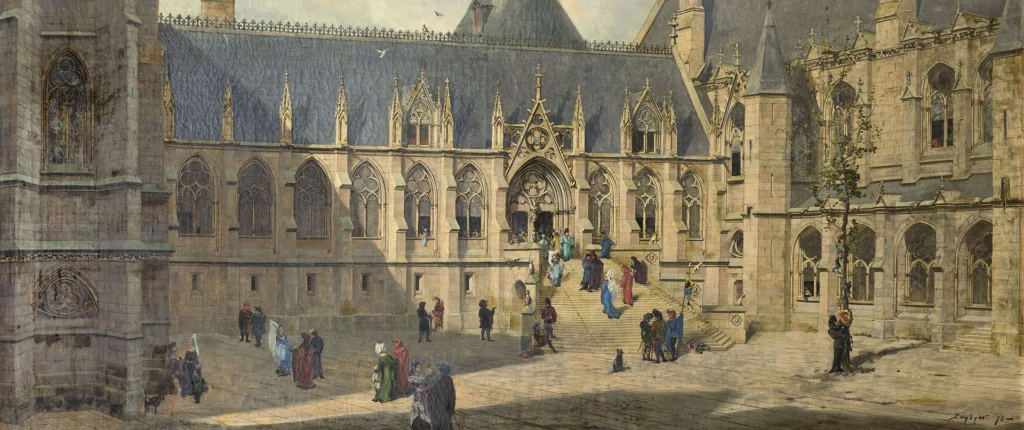
The Conciergerie, located on the Île de la Cité, is a historic building with many transformations. Initially a royal palace, it became a prison during the French Revolution. Its most famous prisoner was Marie Antoinette, who was held here before her execution.
Its Role in the French Revolution
During the Revolution, the Conciergerie became notorious as a place of detention for political prisoners. It’s said that over 2,600 people were executed during the Reign of Terror, many of whom spent their final days in the Conciergerie.
Key Figures Associated with the Prison
Besides Marie Antoinette, other prominent figures associated with the Conciergerie include Robespierre and Danton. Today, visitors can explore the prison’s cells, and courtroom, and learn about its turbulent history.
The Musée d’Orsay: Art Through the Ages
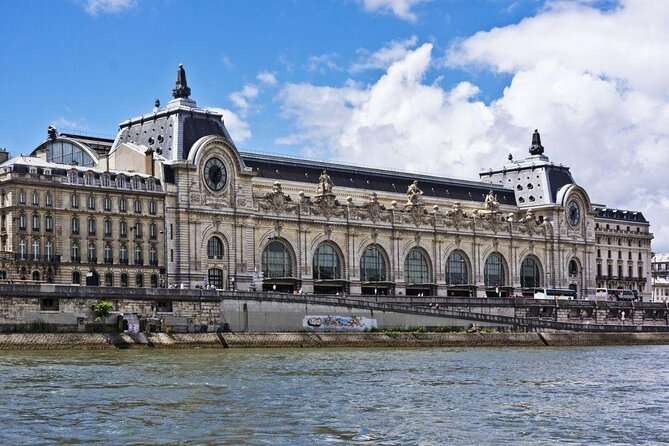
The History of the Musée d’Orsay Building
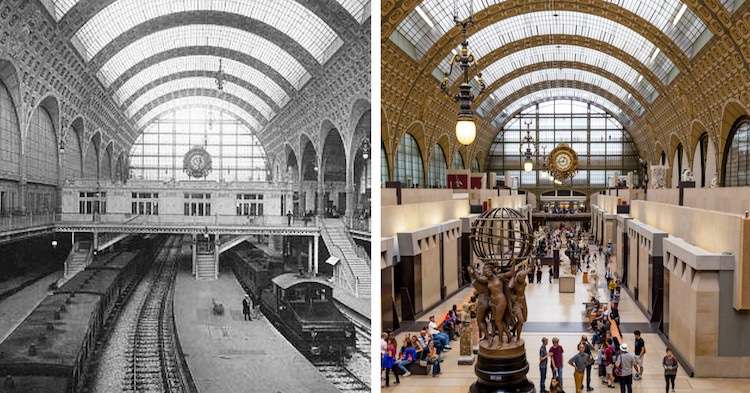
Once a railway station, the Musée d’Orsay is now one of the world’s most famous art museums. The station was built for the 1900 Exposition Universelle but eventually fell into disuse. In 1986, it was transformed into a museum dedicated to art from the 19th and early 20th centuries.
Its Transformation from a Railway Station to a Museum
The building’s transformation into a museum was a monumental task, and today, the Musée d’Orsay combines the best of both worlds: stunning Beaux-Arts architecture and one of the finest collections of Impressionist art.
Key Pieces in the Museum’s Collection
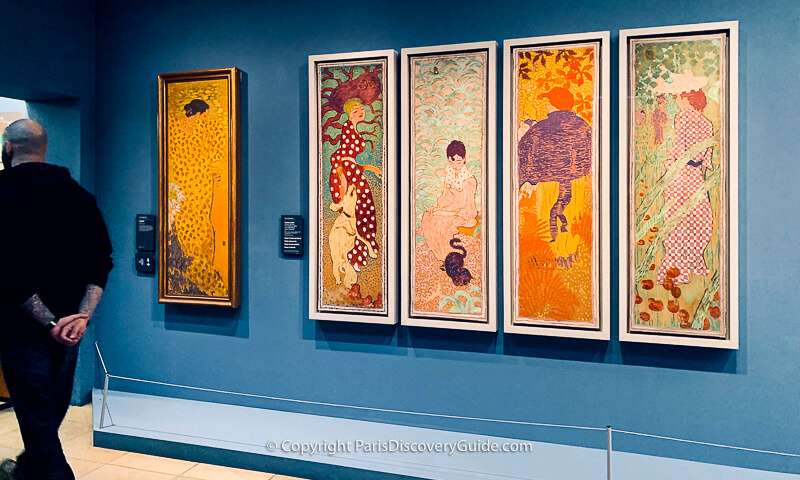
The museum is home to masterpieces by Monet, Van Gogh, Degas, and many other artists. You could easily spend an entire day here if you’re an art lover. Don’t miss Van Gogh’s Starry Night or Monet’s Water Lilies.
The Catacombs of Paris: A Dark and Fascinating History

The Origins of the Catacombs
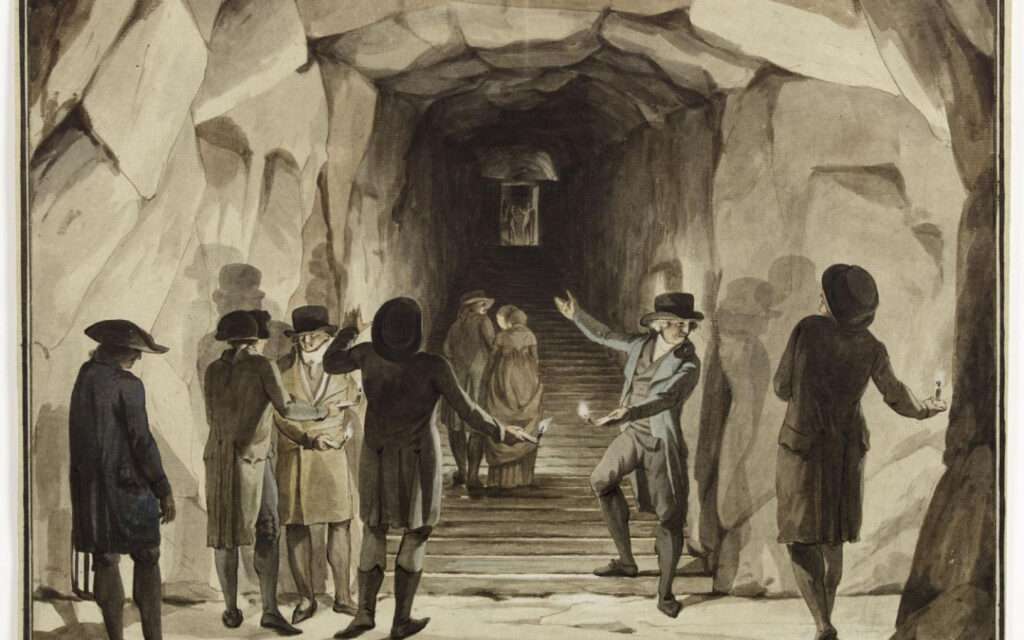
Beneath the streets of Paris lies an eerie and fascinating network of tunnels—the Catacombs. In the late 18th century, as the city’s cemeteries became overcrowded, the bones of millions of Parisians were moved to the underground tunnels, creating a unique and somewhat macabre site.
The Eerie History Behind the Underground Tunnels
The Catacombs are an unsettling yet fascinating reminder of Paris’s past. They hold the remains of over six million people, carefully arranged in intricate patterns. Though the catacombs were never meant to be a tourist attraction, they have become one of Paris’s most visited historical sites.
How to Explore the Catacombs
Visiting the Catacombs is a surreal experience. The narrow passageways are lined with skulls and bones, creating a haunting atmosphere. Visitors can tour the catacombs to learn about their history and how they became one of Paris’s most iconic attractions.
Luxembourg Gardens: A Slice of History in the Heart of Paris
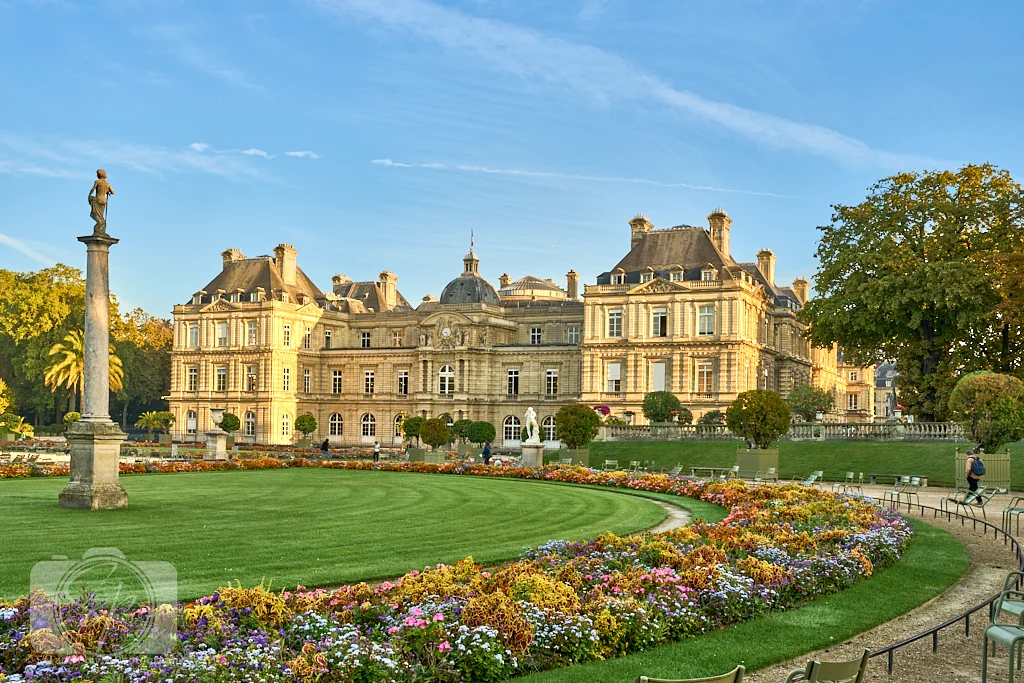
The History of the Luxembourg Gardens
The Luxembourg Gardens were created in the early 17th century by Marie de Medici, the widow of King Henry IV. Designed to reflect the gardens of her native Florence, the Luxembourg Gardens are one of Paris’s most beloved green spaces.
Famous Landmarks and Statues Within the Gardens
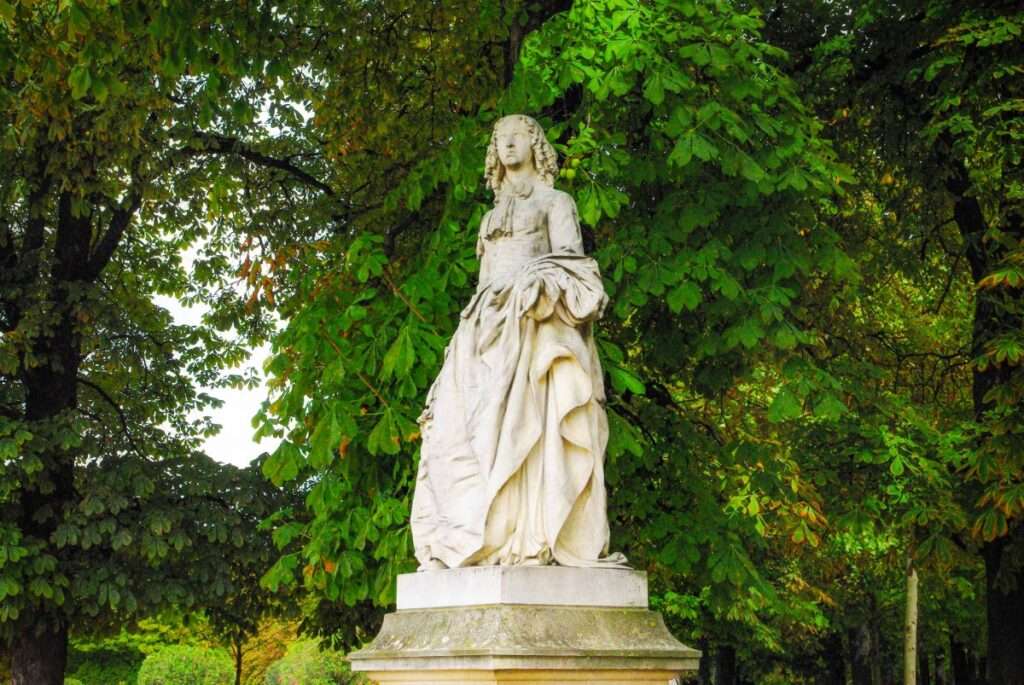
The gardens feature numerous statues, fountains, and a grand palace. The Fontaine de Médicis and the Orangerie are highlights. Additionally, the gardens are home to a pond where children can sail small boats.
Tips for Visiting the Gardens
Luxembourg Gardens offers a peaceful retreat amid the city’s hustle and bustle. Perfect for a relaxing afternoon, visitors can enjoy a stroll or simply unwind by the pond. Be sure to explore the charming Medici Fountain, which is a favorite spot for both locals and tourists.
Place de la Concorde: A Historic Square of Revolution
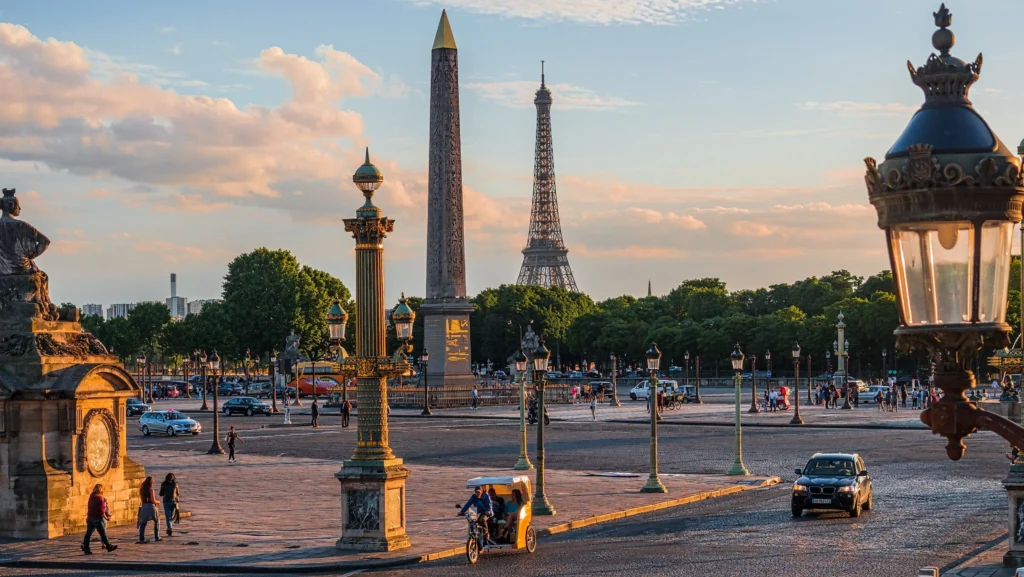
The History Behind Place de la Concorde

Place de la Concorde, one of Paris’s largest and most famous squares, is steeped in history. It was the site of many executions during the French Revolution, including the beheading of King Louis XVI and Marie Antoinette.
The Significance of the Obelisk and the Guillotine
At the heart of Place de la Concorde stands a stunning Egyptian obelisk, a gift from Egypt in 1836. This towering monument, over 3,000 years old, is a symbol of the ties between France and ancient Egypt. The obelisk’s juxtaposition with its revolutionary history creates a fascinating contrast. During the French Revolution, this very square became the site for the notorious public executions of the monarchy, with King Louis XVI and his wife, Marie Antoinette, meeting their fate beneath the sharp blade of the guillotine.
What to See and Do in the Square

Today, Place de la Concorde is an elegant and peaceful square, often filled with tourists and Parisians alike. The obelisk, flanked by fountains and statues, dominates the area. If you’re a fan of history, it’s fascinating to reflect on the bloodshed that occurred here while appreciating the square’s beauty and the incredible monuments around you. The square also offers splendid views of the Champs-Élysées and the Tuileries Gardens. It’s an ideal place for a leisurely walk or a sit-down to take in the atmosphere.
Paris’s Timeless Historical Appeal
Paris is a city that stands at the crossroads of history, art, and culture, where every street, building, and monument tells a story. From the Gothic grandeur of Notre Dame to the opulence of Versailles, each historical site in Paris offers a glimpse into the city’s vibrant past. Whether you’re strolling through the streets of Montmartre or standing beneath the towering Eiffel Tower, the history of Paris is always within arm’s reach. These historical landmarks not only captivate with their beauty but also offer an opportunity to step back in time and witness the transformative events that shaped not just Paris, but the world.
The city’s ability to preserve its past while simultaneously evolving into a modern metropolis is part of what makes Paris such a unique destination. Whether you’re a first-time visitor or a seasoned traveler, the rich history of Paris will always offer new surprises.
No matter how many historical sites you visit in Paris, one thing is certain: the allure of this magnificent city is timeless. So, pack your bags, and immerse yourself in the history, art, and culture that makes Paris the most enchanting city in the world!
FAQs
1. What is the oldest historical site in Paris?
The oldest historical site in Paris is the Notre Dame Cathedral, which began construction in 1163 and was completed in 1345. It is a masterpiece of Gothic architecture and remains one of the most iconic landmarks of Paris.
2. How much time should I spend at the Louvre Museum?
The Louvre is vast, so if you’re short on time, it’s best to plan for at least 3 to 4 hours to see the main highlights like the Mona Lisa and Venus de Milo. If you’re a true art lover, you could easily spend an entire day exploring the museum.
3. Can I visit the Eiffel Tower at night?
Yes, you can visit the Eiffel Tower at night! The tower is beautifully lit up and sparkles every hour on the hour after sunset. It’s a fantastic experience and offers a completely different perspective of Paris.
4. Is it worth visiting the Catacombs of Paris?
Absolutely! The Catacombs offer a unique and eerie glimpse into Paris’s history. If you’re interested in underground history and don’t mind a slightly spooky atmosphere, it’s a fascinating experience. Just be prepared for a bit of a climb and narrow passageways.
5. Is the Palace of Versailles a full-day trip?
Yes, the Palace of Versailles is large, and exploring the palace, gardens, and the Hall of Mirrors can easily take an entire day. It’s worth dedicating enough time to explore the sprawling gardens and the rich history of the site.



